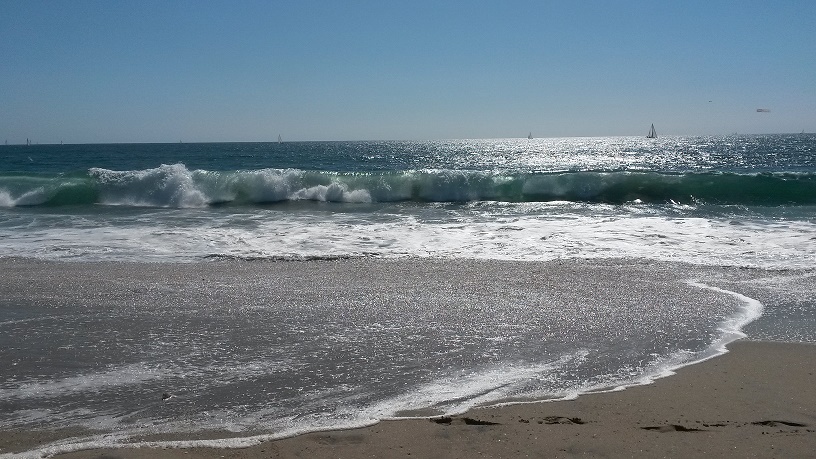
Twinkl, an international educational publisher, created a blog packed with great information and educational resources to share for World Oceans Day. They want to empower everyone to make more sustainable choices this summer and I was happy to contribute my ideas and suggestions. Since summer is in full swing, I thought it was worth sharing the answers I submitted.
You can find more World Oceans Day learning resources and other science learning tools on their website.
What are the most exciting projects happening in marine conservation currently?
The progress being made to save endangered ocean wildlife is very exciting. For example, scientists and aquarists at Cabrillo Marine Aquarium in Los Angeles raised 400 giant sea bass and released them into the ocean. This is incredibly challenging work because Aquarium staff have to apply what they know about raising other ocean animals and then tailor it to the giant sea bass. Each ocean animal is unique and thrives best in certain ocean conditions, which need to be recreated in the Aquarium. The process requires constant monitoring and is very time-intensive. Yet, they did it!
The giant sea bass is listed as critically endangered by the International Union for
Conservation of Nature (IUCN), with an estimated 500 left in the wild off the coast of
California. The population almost doubled with this new batch of 400 giant sea bass raised at and released by Cabrillo Marine Aquarium. While not all the released giant sea bass will make it to adulthood because that’s the nature of the ocean, projects like this give me hope that we as humans can find innovative ways to heal some of the damage we’ve done.
How can families and educators support ocean restoration and conservation?
Support organizations in your community working on ocean restoration and conservation by learning, visiting, volunteering, and donating. By learning online and/or visiting, you’ll be able to increase your awareness about the ocean restoration and conservation projects in progress along a coast near you. By volunteering or donating, you’ll be supporting the organizations and staff working to make ocean restoration and conservation projects a success. Most ocean organizations run on tight budgets with few staff and need all the help they can get. Out of all the donations made worldwide, only 3% go to environmental and animal conservation organizations – let’s work together to increase that number!
What can we do as individuals to reduce plastic pollution and restore the oceans?
Use your power as a consumer to start shifting the tide of plastic. Avoid buying single-use plastics such as water bottles, balloons, straws, etc. Also, use your voice. If you see something sold in what you consider an egregious amount of plastic packaging, write a letter to the company expressing your frustration politely. Sometimes we have to buy things entombed in plastic out of necessity, but it’s good for companies to know you’re watching and looking to them to make a change.
What’s one simple thing we can do today to support marine conservation?
Open your door, walk outside, pick up a piece of trash on the ground, and dispose of it properly. Even if you live far from the coast, there is still a good chance that piece of trash will end up in the ocean. Rain washes trash into local waterways, and streams and rivers carry that trash to the coast where it washes into the ocean. Every piece of trash that doesn’t end up in the ocean is a good thing.
What is your favorite interesting fact about our oceans?
The greatest number of bioluminescent organisms live in the sea! Everything from
single-celled plants to deep-sea squid and fish can produce and display their own light – so cool!
To read the full blog with insight from experts in the field, head to Twinkl.com!
Leave a Reply